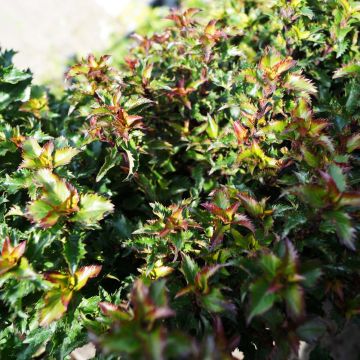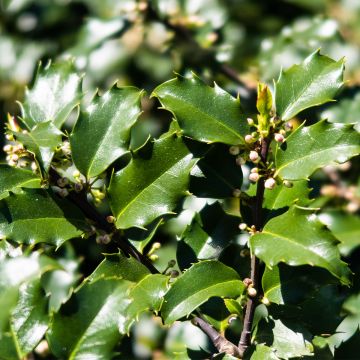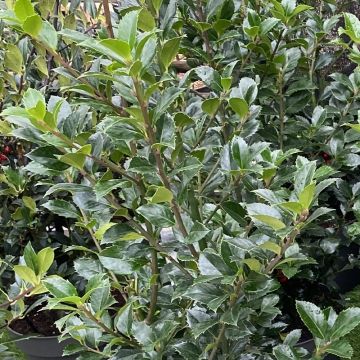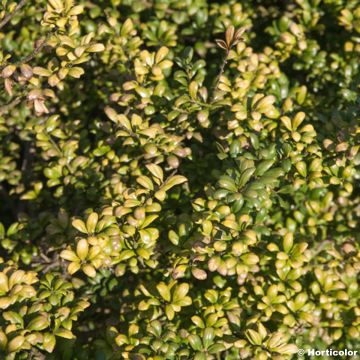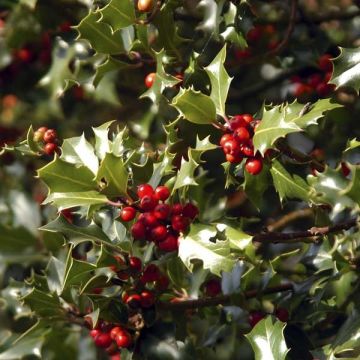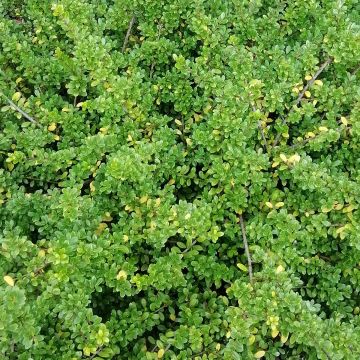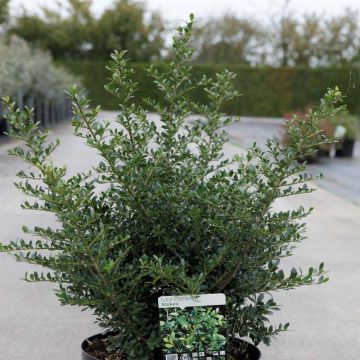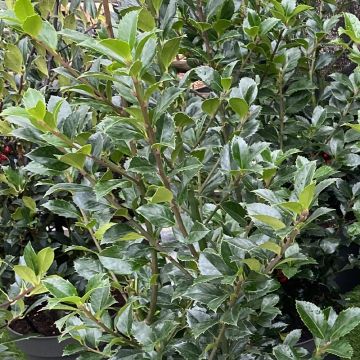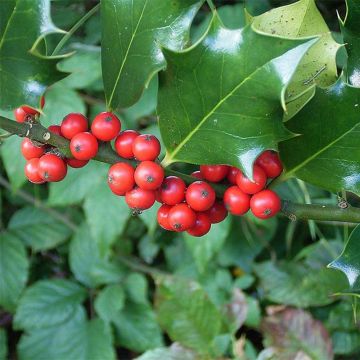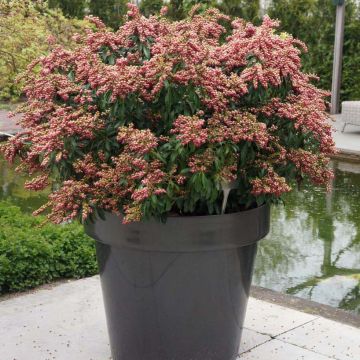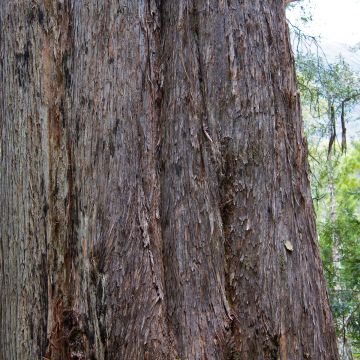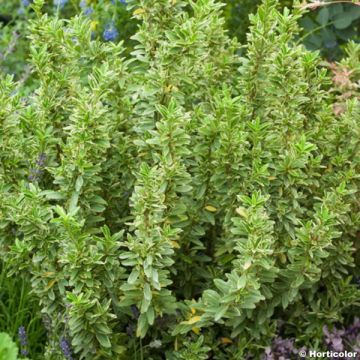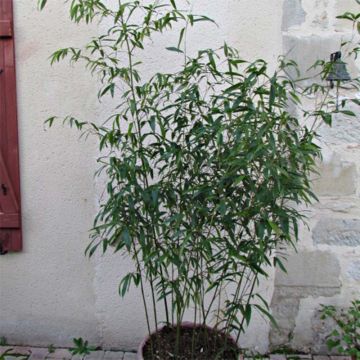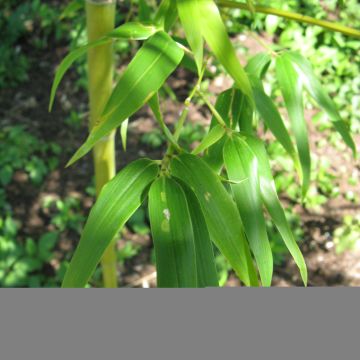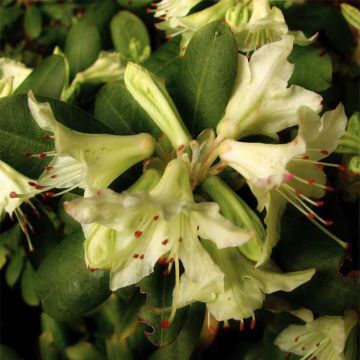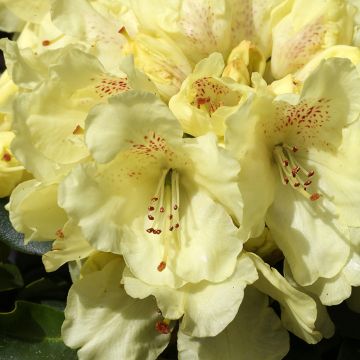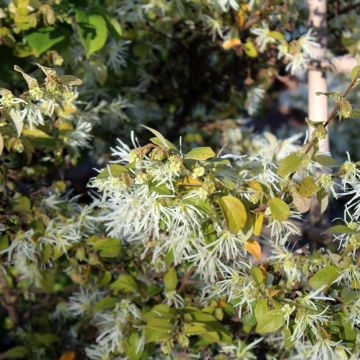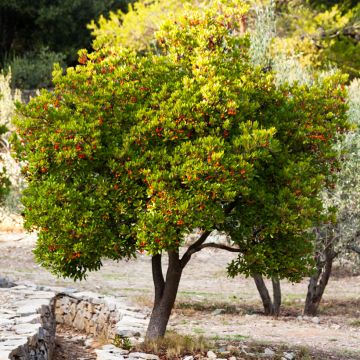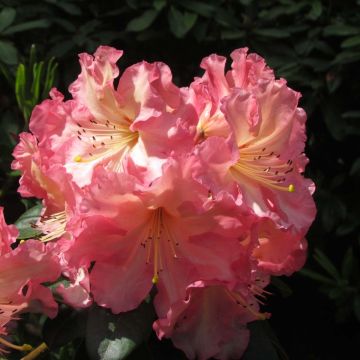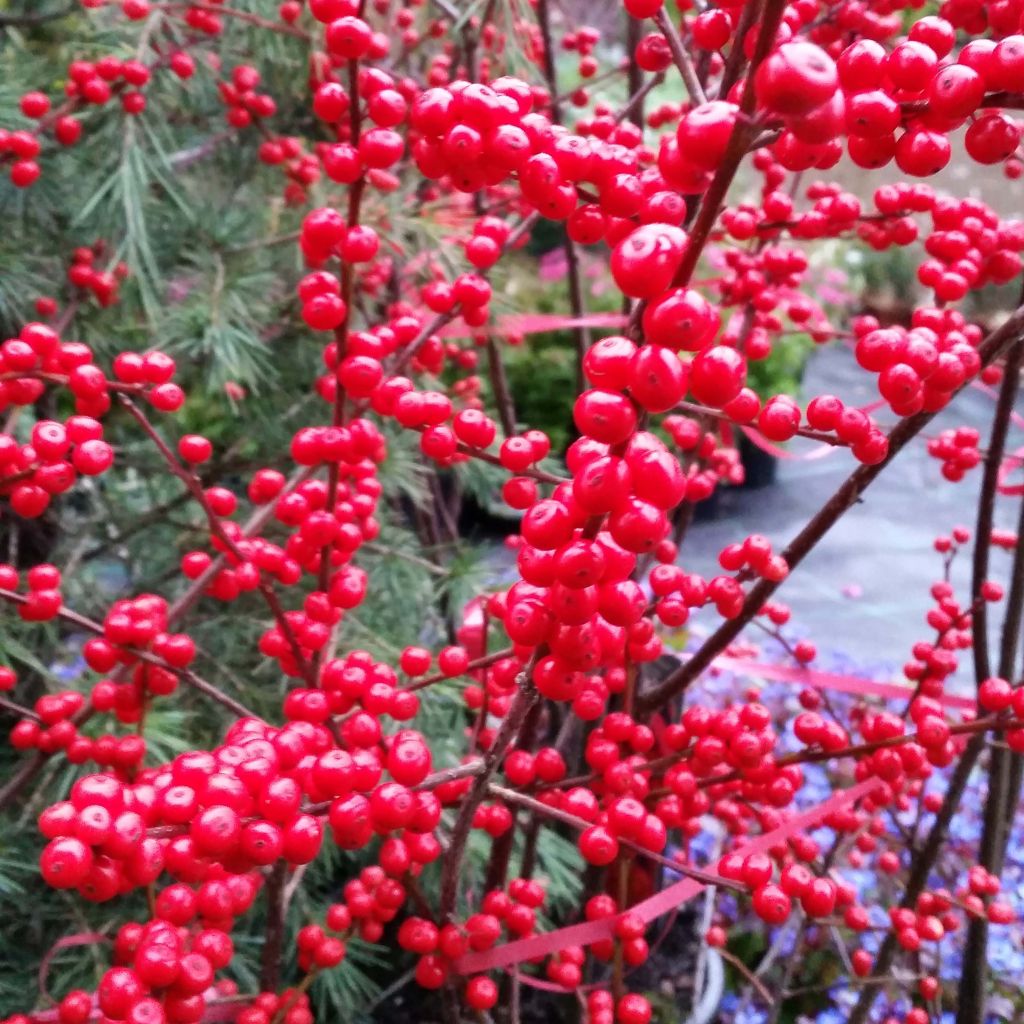

Ilex verticillata
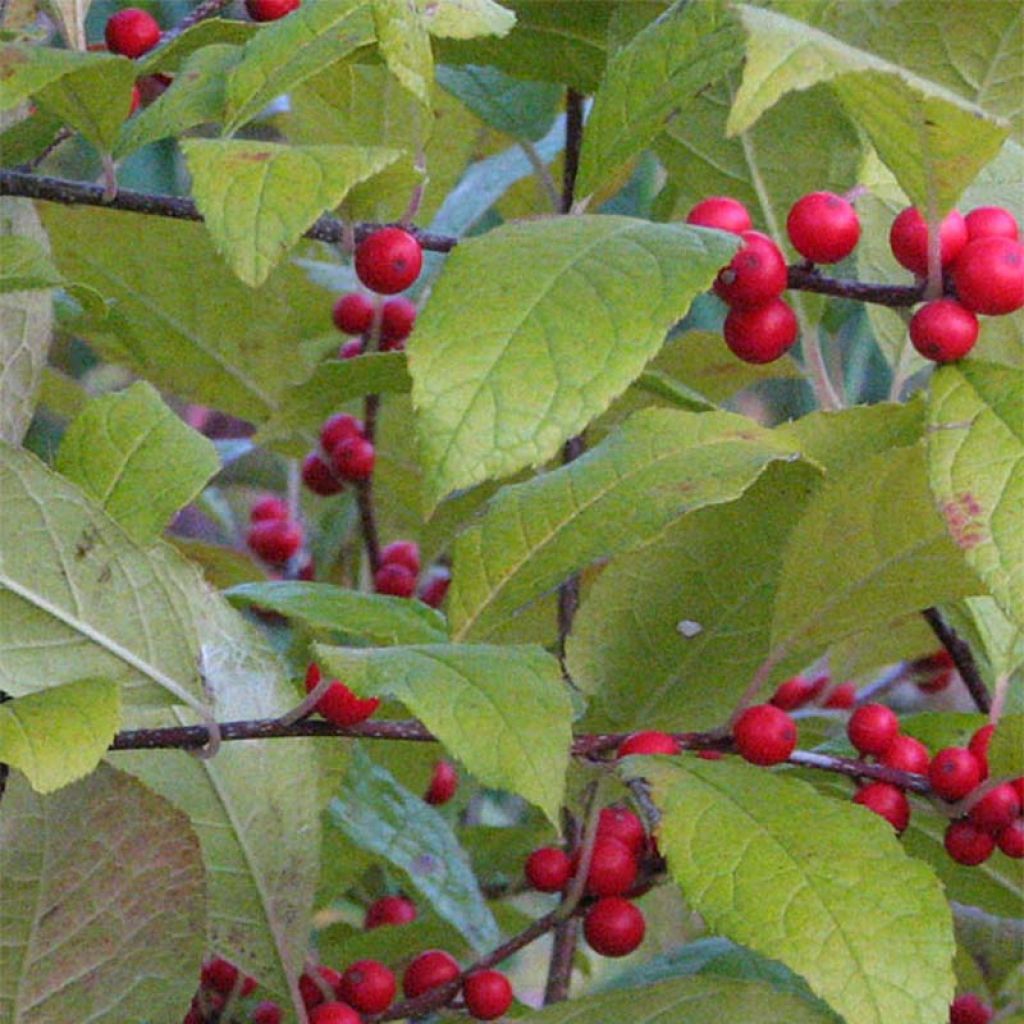

Ilex verticillata
Ilex verticillata
Ilex verticillata
Winterberry
This item cannot be shipped to the selected country
Delivery charge from €5.90
Delivery to Corse prohibited
More information
Schedule delivery date,
and select date in basket
This plant carries a 24 months recovery warranty
More information
We guarantee the quality of our plants for a full growing cycle, and will replace at our expense any plant that fails to recover under normal climatic and planting conditions.
From €5.90 for pickup delivery and €6.90 for home delivery
Express home delivery from €8.90.
Delivery to Corse prohibited: UE law prohibits the import of this plant from mainland France to Corse as part of the fight against Xylella fastidiosa. Please accept our sincere apologies.
More information
Does this plant fit my garden?
Set up your Plantfit profile →
Description
Ilex verticillata, also known as the winterberry holly, is a deciduous shrub species native to Canada and the northeastern United States. It is perfectly hardy and tolerant of growing conditions, as long as the soil is not too chalky. Its leaves are not prickly and take on beautiful colours in autumn before falling. The female plants, when pollinated by a male plant, bear very attractive bright red berries along the branches, which often persist until the following spring on the bush. Ornamental throughout the year, it will find its place in a natural garden, in an informal hedge, or in the background of perennial flower beds.
Hollies belong to the family Aquifoliaceae. Ilex verticillata is a suckering shrub, loving acidic soils and cool to wet areas, but also adapting to open spaces such as meadows or dry sandy soils. It is found in a large part of the North American territory. It is quite varied in form, taking on the appearance of a spreading large bush, 5m in height and 6m in width, or the more modest habit of a narrow shrub not exceeding 2m in height, depending on its habitat. This species is dioecious, meaning there are male and female plants. The deciduous foliage is composed of obovate or lanceolate, long and tapering leaves, measuring from 3 to 9cm, with toothed edges. The spring shoots turn purple. On mature leaves, the lamina is bright green and shiny on the upper side and lighter and hairy on the underside. The autumn colours in shades of yellow-orange with purple highlights are beautiful. The flowering takes place in spring, in the form of small white flowers, not exceeding 5mm in diameter. The male flowers are clustered, while the female flowers are solitary or grouped in 2 or 3. When pollination occurs, the female flowers transform into small round, shiny, dark red to scarlet berries, which are loved by birds in winter.
Ilex verticillata will please amateur gardeners looking for sturdy, colourful, and unpretentious shrubs. It has the advantage of adapting to many growing conditions while bringing fabulous colours to the garden, especially in winter when its branches covered with bright red beads almost seem to be in bloom. It is perfect in a mixed hedge, alongside Elaeagnus Zempin, coyote willow (Salix exigua), cherry laurel, Cotoneaster lacteus, deciduous euonymus, or elderberries. It mainly dislikes excessive limestone, which causes its beautiful foliage to turn yellow and prefers moist, fairly fertile soils. Hardy well beyond -15°C, it particularly likes moist, even humid places, not far from a water source, in a large natural garden. Some people prune it into the shape of a small fir tree; the sight of these little red trees in winter is quite fascinating. Plant it in colder regions, alongside hawthorns, snowberries, pyracanthas with yellow or orange berries, and other evergreen hollies.
Hollies are both beloved plants and little-known vegetation. The genus comprises nearly 800 deciduous or evergreen species, generally native to the temperate northern hemisphere. These very ancient plants have experienced the alternation of glacial periods and dry and hot periods in our climatic history, making them extremely adaptable and resistant vegetation. Their white to cream wood, is very low in water, even when green. It is dense and heavy, but soft and easy to work with in cabinetmaking. It is also an excellent fuel for heating, usable even when green. Finally, its foliage and (inedible) berries are rich in caffeine. A tea is prepared with its leaves in the Black Forest.
Report an error about the product description
Ilex verticillata in pictures
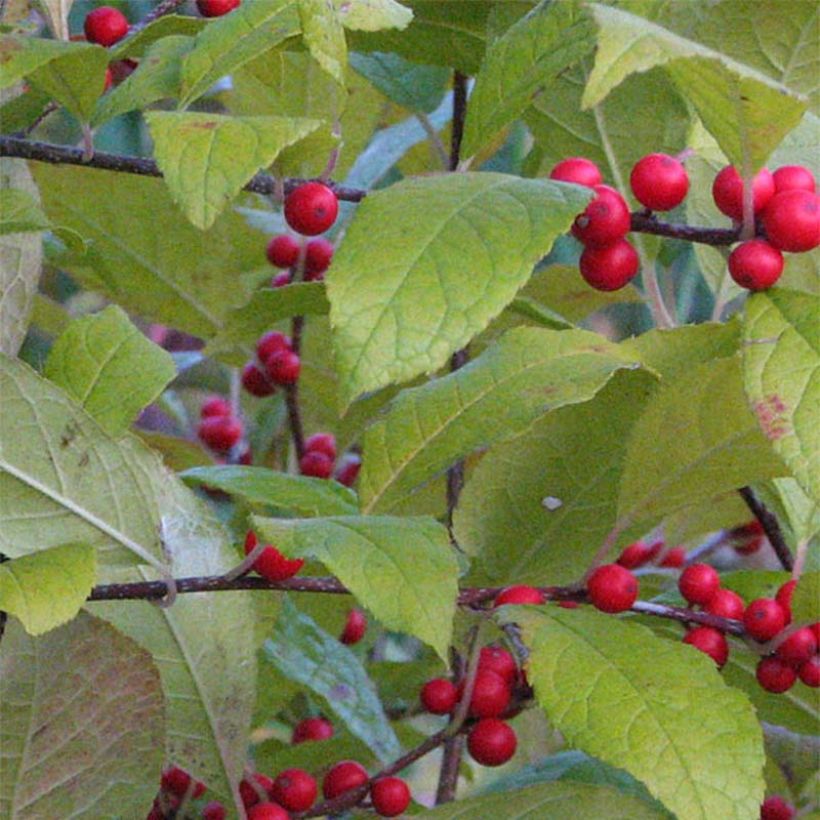

Plant habit
Flowering
Foliage
Botanical data
Ilex
verticillata
Aquifoliaceae
Winterberry
North America
Other Ilex - Holly
Planting and care
To plant Ilex verticillata, add some compost to the soil and incorporate it into your garden soil to slightly acidify it while enriching it. If your soil is rich in active limestone, the holly will tend to develop chlorosis (the foliage gradually turns yellow around the leaf veins): add ericaceous soil during planting and mulch with pine bark, which tends to acidify the soil over the years. Choose a semi-shaded location in a warm climate. Follow the watering schedule for the first 3 years, especially during summer and in case of prolonged drought, to help the bush establish itself. It will then manage on its own as it tolerates drought quite well. In the first few years, prune in spring to shape the bush, selecting the branches you want to keep. Step back to view your holly as a whole to determine the shape and arrangement of the short stems. Ilex can be attacked by holly leaf miners, white scale insects in spring, and mites and aphids in summer. Consider applying a preventive treatment at the beginning of the season if necessary.
Planting period
Intended location
Care
This item has not been reviewed yet - be the first to leave a review about it.
Evergreen shrubs
Haven't found what you were looking for?
Hardiness is the lowest winter temperature a plant can endure without suffering serious damage or even dying. However, hardiness is affected by location (a sheltered area, such as a patio), protection (winter cover) and soil type (hardiness is improved by well-drained soil).

Photo Sharing Terms & Conditions
In order to encourage gardeners to interact and share their experiences, Promesse de fleurs offers various media enabling content to be uploaded onto its Site - in particular via the ‘Photo sharing’ module.
The User agrees to refrain from:
- Posting any content that is illegal, prejudicial, insulting, racist, inciteful to hatred, revisionist, contrary to public decency, that infringes on privacy or on the privacy rights of third parties, in particular the publicity rights of persons and goods, intellectual property rights, or the right to privacy.
- Submitting content on behalf of a third party;
- Impersonate the identity of a third party and/or publish any personal information about a third party;
In general, the User undertakes to refrain from any unethical behaviour.
All Content (in particular text, comments, files, images, photos, videos, creative works, etc.), which may be subject to property or intellectual property rights, image or other private rights, shall remain the property of the User, subject to the limited rights granted by the terms of the licence granted by Promesse de fleurs as stated below. Users are at liberty to publish or not to publish such Content on the Site, notably via the ‘Photo Sharing’ facility, and accept that this Content shall be made public and freely accessible, notably on the Internet.
Users further acknowledge, undertake to have ,and guarantee that they hold all necessary rights and permissions to publish such material on the Site, in particular with regard to the legislation in force pertaining to any privacy, property, intellectual property, image, or contractual rights, or rights of any other nature. By publishing such Content on the Site, Users acknowledge accepting full liability as publishers of the Content within the meaning of the law, and grant Promesse de fleurs, free of charge, an inclusive, worldwide licence for the said Content for the entire duration of its publication, including all reproduction, representation, up/downloading, displaying, performing, transmission, and storage rights.
Users also grant permission for their name to be linked to the Content and accept that this link may not always be made available.
By engaging in posting material, Users consent to their Content becoming automatically accessible on the Internet, in particular on other sites and/or blogs and/or web pages of the Promesse de fleurs site, including in particular social pages and the Promesse de fleurs catalogue.
Users may secure the removal of entrusted content free of charge by issuing a simple request via our contact form.
The flowering period indicated on our website applies to countries and regions located in USDA zone 8 (France, the United Kingdom, Ireland, the Netherlands, etc.)
It will vary according to where you live:
- In zones 9 to 10 (Italy, Spain, Greece, etc.), flowering will occur about 2 to 4 weeks earlier.
- In zones 6 to 7 (Germany, Poland, Slovenia, and lower mountainous regions), flowering will be delayed by 2 to 3 weeks.
- In zone 5 (Central Europe, Scandinavia), blooming will be delayed by 3 to 5 weeks.
In temperate climates, pruning of spring-flowering shrubs (forsythia, spireas, etc.) should be done just after flowering.
Pruning of summer-flowering shrubs (Indian Lilac, Perovskia, etc.) can be done in winter or spring.
In cold regions as well as with frost-sensitive plants, avoid pruning too early when severe frosts may still occur.
The planting period indicated on our website applies to countries and regions located in USDA zone 8 (France, United Kingdom, Ireland, Netherlands).
It will vary according to where you live:
- In Mediterranean zones (Marseille, Madrid, Milan, etc.), autumn and winter are the best planting periods.
- In continental zones (Strasbourg, Munich, Vienna, etc.), delay planting by 2 to 3 weeks in spring and bring it forward by 2 to 4 weeks in autumn.
- In mountainous regions (the Alps, Pyrenees, Carpathians, etc.), it is best to plant in late spring (May-June) or late summer (August-September).
The harvesting period indicated on our website applies to countries and regions in USDA zone 8 (France, England, Ireland, the Netherlands).
In colder areas (Scandinavia, Poland, Austria...) fruit and vegetable harvests are likely to be delayed by 3-4 weeks.
In warmer areas (Italy, Spain, Greece, etc.), harvesting will probably take place earlier, depending on weather conditions.
The sowing periods indicated on our website apply to countries and regions within USDA Zone 8 (France, UK, Ireland, Netherlands).
In colder areas (Scandinavia, Poland, Austria...), delay any outdoor sowing by 3-4 weeks, or sow under glass.
In warmer climes (Italy, Spain, Greece, etc.), bring outdoor sowing forward by a few weeks.

































